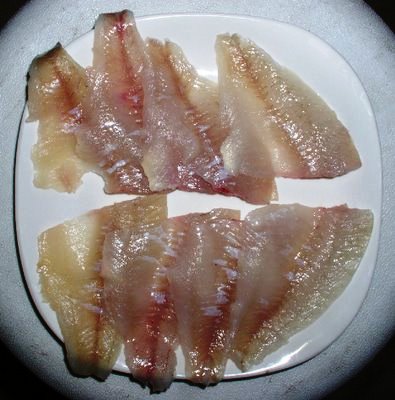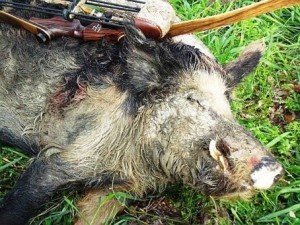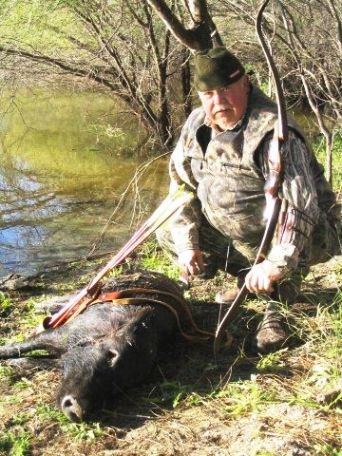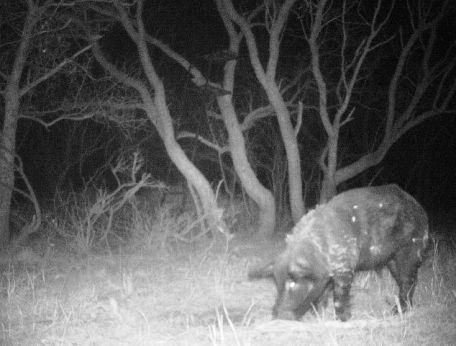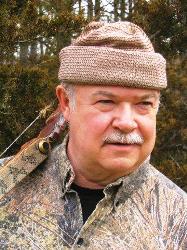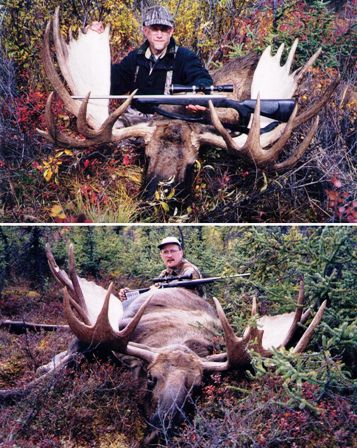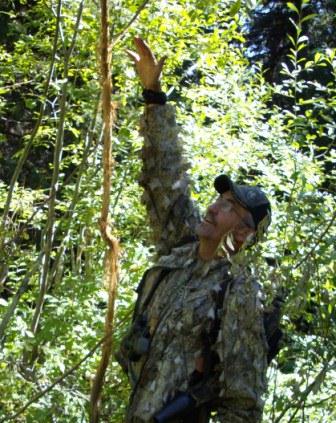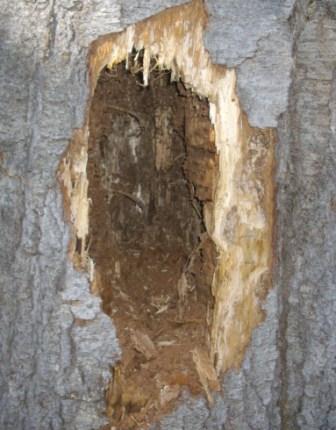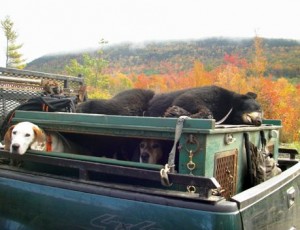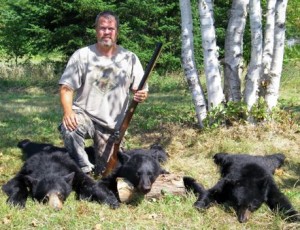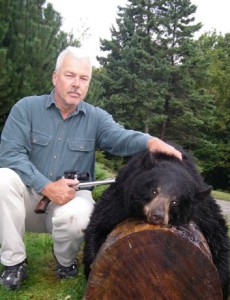By John Jameson
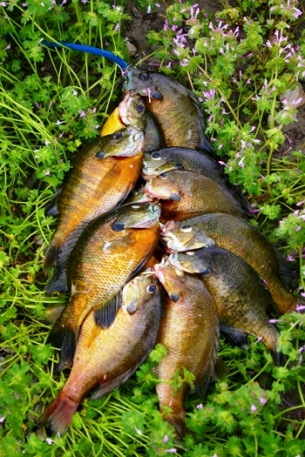 Catching a bundle of bluegill fish is quite the victory after a long day of fishing, and knowing how to fillet bluegill properly can make the experience much more enjoyable. If you know what you’re doing and have the right tools at hand, field dressing and filleting your bluegill right there on the shore side can be a quick and easy task and also provide you a meal within minutes if you’re planning to eat your catch
Catching a bundle of bluegill fish is quite the victory after a long day of fishing, and knowing how to fillet bluegill properly can make the experience much more enjoyable. If you know what you’re doing and have the right tools at hand, field dressing and filleting your bluegill right there on the shore side can be a quick and easy task and also provide you a meal within minutes if you’re planning to eat your catch
right away.
There are two different methods of how to fillet bluegill. The first is the standard method used by most fishermen, which can be accomplished in a matter of minutes. The alternative method, known as the “no ribs” method, is more complex than the traditional method to create a prettier, more professional looking cut, even if you are an amateur fisherman.
Whether you plan to utilize the traditional method or the alternative method for field dressing your bluegill and filleting the fish, you will need a sharp knife, like a Havalon knife, in order to create the cleanest cuts. By utilizing a sharp knife, you will also be able to keep more meat from these small fish than with a standard fishing knife. It is important to keep this in mind as you select a knife for cleaning and filleting each fish.
If you elect to utilize the standard filleting method, you will need a flat solid surface and a sharp knife to complete the task. Then follow these steps to create a perfect bluegill fillet:
- Place your fish on a hard, flat surface and run your sharp blade from the edge of the gills down the bone plate on the bluegill’s side at a diagonal
- Continue cutting when you reach the spine, but change directions and slice towards the fish’s tail, cutting through the rib bones as you slice down the fish; you should make sure that your knife slices through the entire width of your fillet to ensure complete separation of both fillets during the process
- To remove the ribs on your fillet, lay the fillet bones-side-up on the hard, flat surface, and slide your sharp knife in between the rib bones and the meat
- Gently lift your knife at a slight angle and begin moving the knife to lift the ribs away, being careful not to slice up the nicely cut fillet with the knife
The alternative method for filleting a bluegill is accomplished in much the same way as the traditional method. The major difference is that in the traditional method, you will not slice through the rib bones as you slice the fish. In this method, you will slice only halfway through the fillet until you pass the fish’s stomach and then you will slice all the way through to the tail. Then you will hold up the fish by its tail and remove the fillets in a downward slicing stroke.
In either method, you will need to decide whether you want to remove the skins of the fish during this process or leave them intact. Removing the skin is a simple process and requires only the use of a sharp knife, like a Havalon knife. While the body of the fish is still intact, hold up your bluegill by the tail, slide the blade in between the skin and the meat and slice downward to remove the skin.
Additionally, the bones of the bluegill are brittle and part of knowing how to fillet bluegill is remembering to keep an eye out for rogue bones.
For more articles about cooking fish, click here.
And to order the best fillet knife, click here.
6,280 total views, 1 views today


